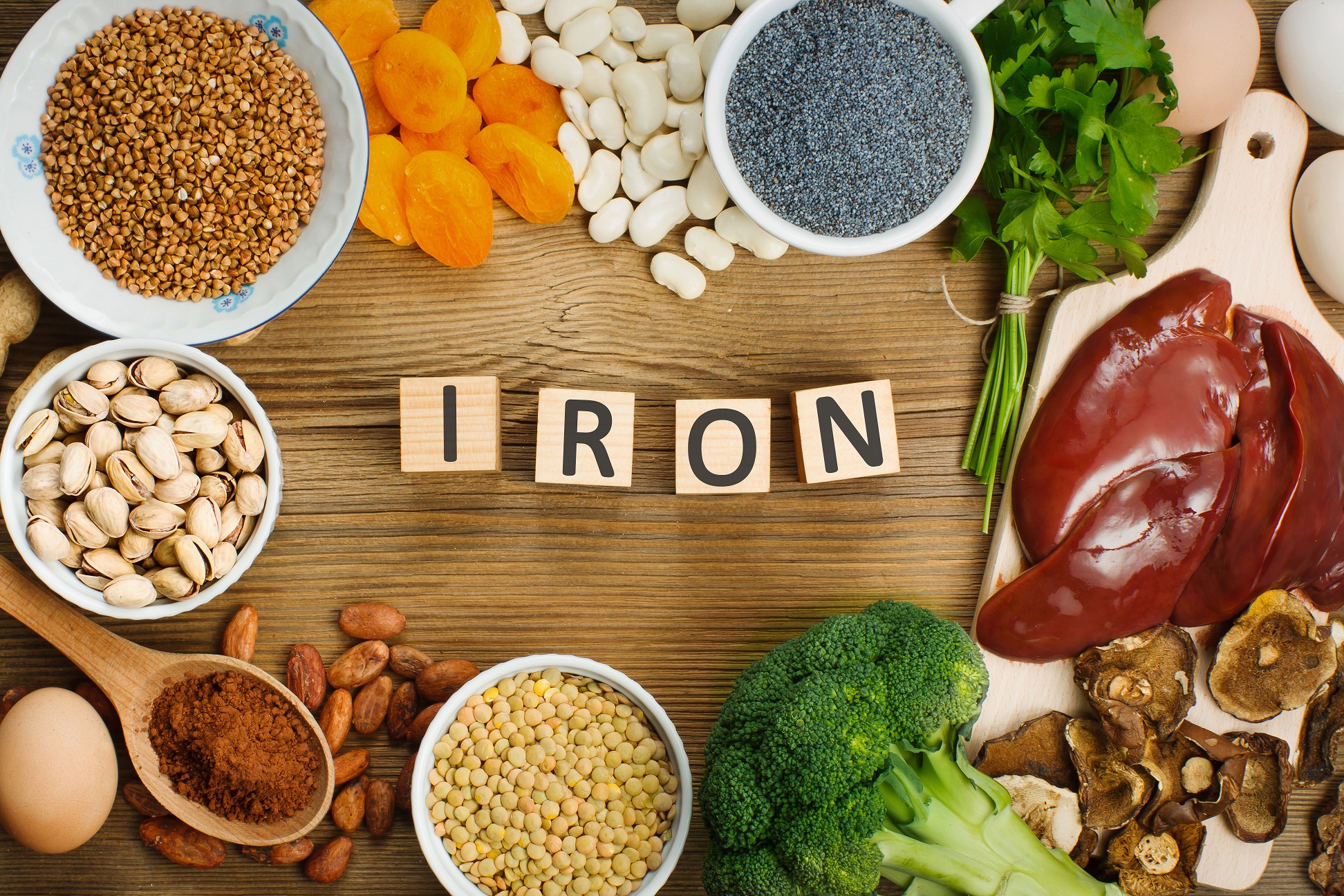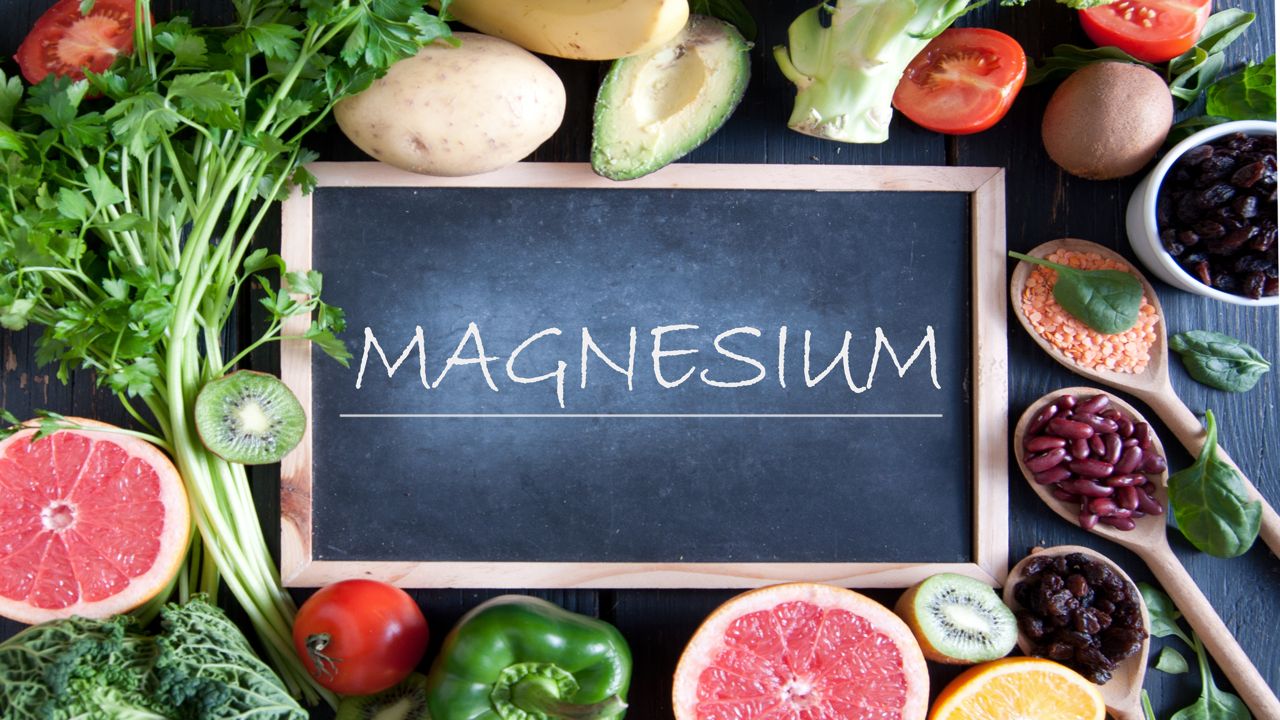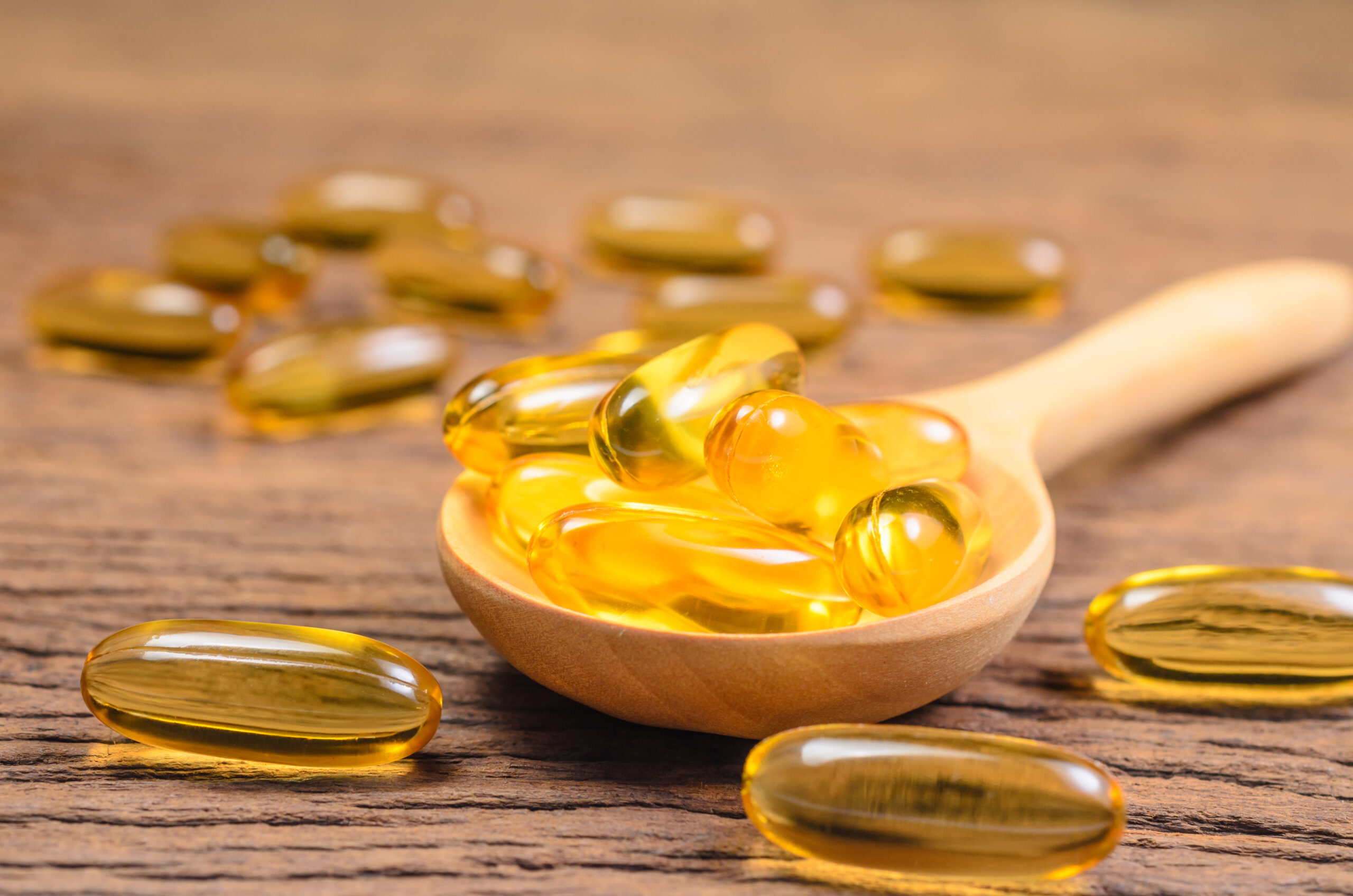
The Comprehensive Guide to the Benefits of Iron
Introduction
Iron is an essential mineral that plays a vital role in maintaining overall health. It is indispensable for numerous physiological functions, from oxygen transport in the blood to energy production at the cellular level. In this comprehensive guide, we will delve into the multifaceted benefits of iron, its dietary sources, recommended intake, and potential risks associated with both deficiency and excess. Whether you seek to understand the importance of iron in detail or are looking for practical ways to ensure you are meeting your nutritional needs, this guide will provide a comprehensive overview of this vital mineral.
Understanding Iron
Iron is a mineral that is integral to the functioning of the human body. It is classified as a micronutrient, meaning it is required in smaller quantities compared to macronutrients like carbohydrates, proteins, and fats. Iron is unique in that it is a critical component of hemoglobin, the protein responsible for carrying oxygen in the blood, as well as myoglobin, which stores oxygen in muscles.
Two Forms of Dietary Iron: Heme and Non-Heme
Iron from dietary sources is categorized into two forms: heme iron and non-heme iron.
- Heme Iron: This form of iron is derived from animal sources and is highly bioavailable, meaning it is efficiently absorbed by the body. Heme iron is found in foods such as red meat, poultry, and fish.
- Non-Heme Iron: Non-heme iron is derived from both plant and animal sources, but it is less readily absorbed by the body. Non-heme iron is found in foods like beans, lentils, tofu, and fortified cereals.
The Benefits of Iron
Iron plays a multifaceted role in the body, and its benefits span across various physiological functions. Let’s explore its diverse advantages
Oxygen Transport
The most well-known function of iron is its role in oxygen transport. Iron is a crucial component of hemoglobin, a protein in red blood cells that binds to oxygen in the lungs and carries it to tissues throughout the body. This oxygen delivery is essential for cellular respiration and energy production.
Muscle Function
Iron is also found in myoglobin, a protein in muscle cells that stores oxygen for use during physical activity. Adequate iron levels are necessary for optimal muscle function and performance.
Cognitive Function
Iron is essential for cognitive function, as the brain requires oxygen for proper operation. Inadequate iron levels can lead to cognitive impairments, including difficulty concentrating and memory issues.
Immune System Support
Iron is involved in immune function, aiding the body’s defense mechanisms against infections and illnesses. It plays a role in the proliferation of immune cells and the production of antibodies.
Cellular Energy Production
Iron is a component of enzymes involved in the production of adenosine triphosphate (ATP), the primary energy currency of cells. Without sufficient iron, cells may struggle to generate the energy needed for everyday activities.
Regulation of Body Temperature
Iron helps regulate body temperature by aiding in the production of heat within the cells. This is especially important in maintaining body temperature during exposure to cold environments.
Preventing Iron-Deficiency Anemia
One of the most significant benefits of iron is its ability to prevent iron-deficiency anemia. Anemia results from a lack of sufficient iron in the body, leading to a reduction in the number of red blood cells and a decrease in oxygen-carrying capacity. Iron supplementation and dietary intake can effectively combat this condition.
Pregnancy and Fetal Development
During pregnancy, a woman’s iron requirements increase significantly to support the developing fetus. Iron is vital for fetal growth, as it is necessary for the formation of the placenta and the oxygenation of the developing baby.
Dietary Sources of Iron
Iron can be obtained from various dietary sources, catering to different dietary preferences. Here are the primary sources of dietary iron:
Heme Iron Sources:
- Red Meat: Beef, lamb, and pork are rich sources of heme iron.
- Poultry: Chicken and turkey are good sources of heme iron.
- Fish: Fatty fish such as salmon and tuna provide heme iron.
Non-Heme Iron Sources
- Beans and Lentils: Legumes like chickpeas, lentils, and black beans are excellent sources of non-heme iron.
- Tofu: Tofu is a plant-based source of non-heme iron, particularly if it is fortified.
- Fortified Cereals: Some breakfast cereals are fortified with non-heme iron to enhance their nutritional content.
- Nuts and Seeds: Almonds, sunflower seeds, and cashews contain non-heme iron.
- Dark Leafy Greens: Spinach, kale, and Swiss chard are rich sources of non-heme iron.
- Dried Fruits: Raisins, apricots, and prunes are fruit sources of non-heme iron.
- Whole Grains: Whole grains like quinoa, brown rice,
and whole wheat pasta contain non-heme iron.
- Legumes: Peas, peanuts, and soybeans are additional sources of non-heme iron.
- Molasses: Molasses, especially blackstrap molasses, is a sweetener rich in non-heme iron.
Recommended Dietary Allowance (RDA) of Iron
The recommended dietary allowance (RDA) for iron varies by age, sex, and life stage. Here are the RDAs for iron:
- Infants (0-6 months): 0.27 milligrams (mg)
- Infants (7-12 months): 11 mg
- Children (1-3 years): 7 mg
- Children (4-8 years): 10 mg
- Children (9-13 years): 8 mg
- Males (14-18 years): 11 mg
- Females (14-18 years): 15 mg
- Males (19-50 years): 8 mg
- Females (19-50 years): 18 mg
- Pregnant Teens (14-18 years): 27 mg
- Pregnant Adults (19 years and older): 27 mg
- Breastfeeding Teens (14-18 years): 10 mg
- Breastfeeding Adults (19 years and older): 9 mg
Risk Factors for Iron Deficiency
Iron deficiency is a widespread health concern, and several factors can increase the risk of developing a deficiency:
- Inadequate Dietary Intake: A diet low in iron-rich foods is a primary cause of deficiency, especially in individuals with restricted or unbalanced diets.
- Poor Iron Absorption: Certain conditions can impair the absorption of dietary iron, including celiac disease, Crohn’s disease, and gastrointestinal surgeries.
- Blood Loss: Conditions or situations that result in significant blood loss, such as heavy menstruation, internal bleeding, or frequent blood donations, can increase the risk of iron deficiency.
- Pregnancy and Breastfeeding: Iron requirements increase during pregnancy and lactation. Women in these life stages are at greater risk of iron deficiency if they do not meet their increased nutritional needs.
- Age: Infants, young children, and teenagers are at higher risk of iron deficiency due to their rapid growth and potential dietary habits.
- Vegetarian and Vegan Diets: Individuals following plant-based diets are at greater risk of iron deficiency, as plant-based sources of iron are typically less bioavailable than heme iron from animal sources.
Consequences of Iron Deficiency
Iron deficiency can lead to a range of health issues, and its consequences can vary in severity. Some of the primary consequences of iron deficiency include
- Iron-Deficiency Anemia: A severe form of iron deficiency can result in iron-deficiency anemia, which is characterized by a reduction in the number of red blood cells and a decrease in the blood’s oxygen-carrying capacity. Symptoms may include fatigue, weakness, pale skin, and shortness of breath.
- Cognitive Impairments: Iron deficiency can impact cognitive function, leading to difficulties with concentration, memory, and overall cognitive performance.
- Weakened Immune System: Inadequate iron levels can weaken the immune system, making individuals more susceptible to infections and illnesses.
- Reduced Physical Performance: Iron deficiency can hinder physical performance and endurance, affecting activities ranging from daily tasks to athletic endeavors.
- Growth and Developmental Issues: In children, iron deficiency can lead to growth delays and developmental problems.
- Pregnancy Complications: Iron deficiency during pregnancy can lead to complications such as preterm birth, low birth weight, and developmental issues in the baby.
- Fatigue and Weakness: Fatigue, weakness, and a general feeling of tiredness are common symptoms of iron deficiency.
Preventing and Treating Iron Deficiency
Preventing iron deficiency is essential for maintaining health. Several strategies can help prevent and treat deficiency:
- Dietary Diversification: Ensure a diet rich in iron-rich foods, both heme and non-heme sources. This includes lean meats, poultry, fish, legumes, dark leafy greens, fortified cereals, and nuts and seeds.
- Combining Iron Sources with Vitamin C: Consuming iron-rich foods with sources of vitamin C can enhance iron absorption. Vitamin C-rich foods include citrus fruits, strawberries, and bell peppers.
- Supplementation: In cases of diagnosed iron deficiency or anemia, iron supplementation may be recommended by a healthcare provider. Supplements should be taken under professional guidance.
- Cooking in Cast Iron Pots: Cooking foods in cast iron pots or pans can increase the iron content of the meal.
- Avoid Consuming Iron Inhibitors: Some foods, like coffee and tea, contain compounds that inhibit iron absorption. It’s best to avoid consuming these alongside iron-rich meals.
- Regular Blood Tests: Individuals at risk of iron deficiency, such as pregnant women or those with chronic conditions, should have regular blood tests to monitor their iron levels.
Potential Risks of Excessive Iron Intake
While iron is essential for health, excessive intake can lead to adverse effects. Iron toxicity, known as iron overload or hemochromatosis, can occur when iron levels in the body become too high. The potential risks of excessive iron intake include
- Organ Damage: Iron overload can lead to organ damage, particularly in the liver, heart, and pancreas. Long-term iron excess can result in serious health complications.
- Gastrointestinal Distress: Excessive iron intake can cause gastrointestinal issues, including nausea, vomiting, and constipation.
- Increased Risk of Infections: High iron levels can increase the risk of bacterial and viral infections, as some pathogens thrive in iron-rich environments.
- Joint Pain: Iron overload can lead to joint pain and inflammation.
Conclusion
Iron is a fundamental mineral that is indispensable for health. Its role in oxygen transport, muscle function, cognitive performance, and immune support makes it vital for overall well-being. Ensuring that you meet your recommended dietary allowance of iron is essential to prevent iron deficiency and the associated health consequences.
Incorporating a diverse array of iron-rich foods into your diet, whether from animal or plant sources, is a practical approach to meet your nutritional needs. While supplements can be beneficial in specific cases, they should be used judiciously and under the guidance of a healthcare professional.
Ksenia owns her own dermatology clinic in London and is a nutritionist consultant. Ksenia is also a regular contributor to popular media outlets. In her spare time, she enjoys horse riding, clay pigeon shooting, rummaging in vintage stores and countryside walks.
[email protected]
- The Benefits of Chlorophyll - April 9, 2024
- Cappuccino vs. Latte vs. Macchiato – What’s the Difference? - April 9, 2024
- The Comprehensive Guide to the Benefits of Iron - October 16, 2023


